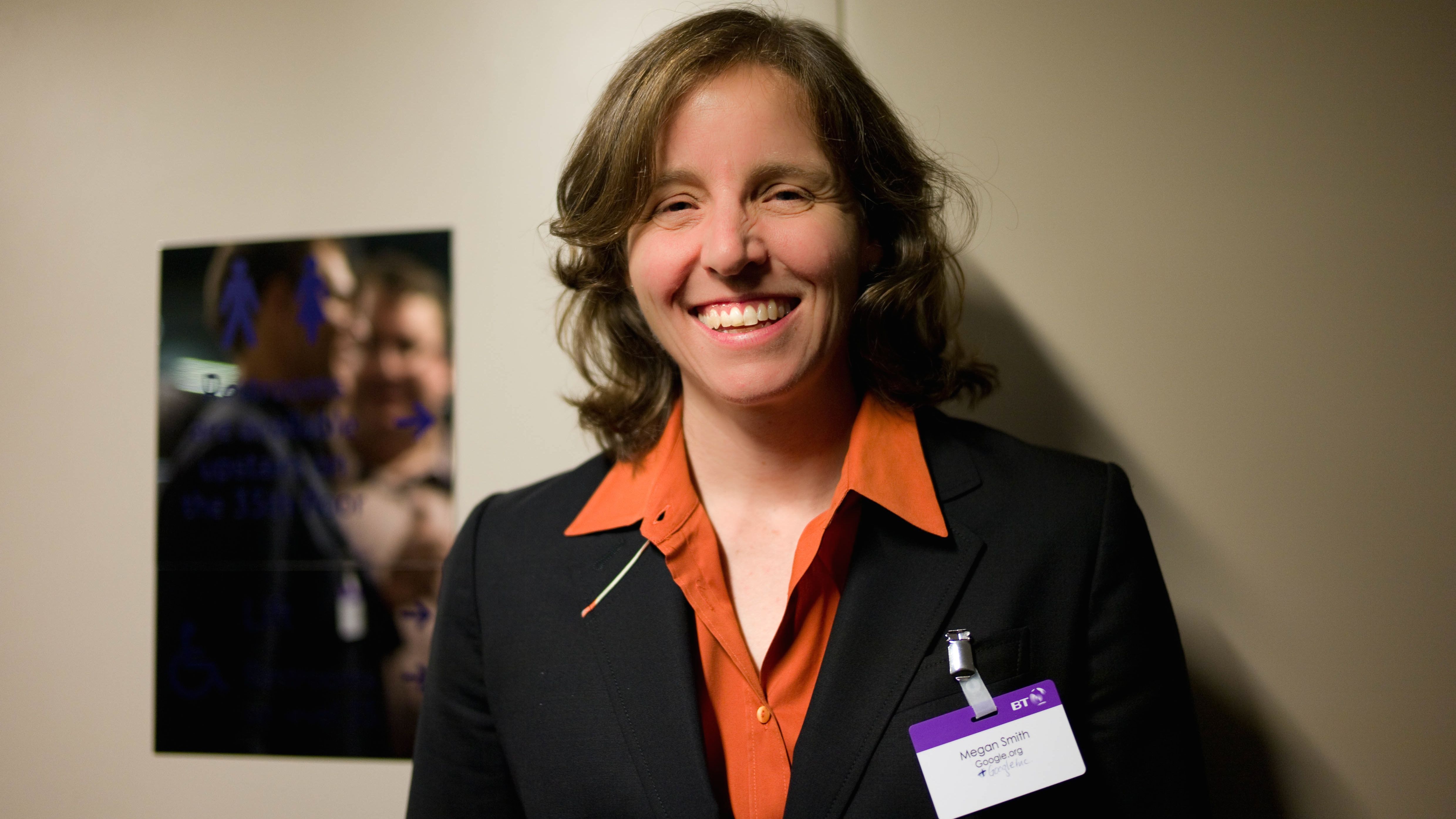How do we get more women in tech? US CTO Megan Smith weighs in
Looking to the past to inspire the future

From mimosa-topped brunches to a Girls' Lounge, there was something undeniably different about South by Southwest (SXSW) 2016, which went down last month in Austin, Texas.
Organizers don't plan to release how many female speakers, panelists and attendees were at this year's festival until the summer, so it's hard to know how many women were in those capacities compared to last year.
But, on the surface, SXSW 2016 and specifically its Interactive segment made strides in pushing the conversation forward on solutions for tackling the tech world's diversity problem, particularly when it comes to women.
The issue of diversity in Silicon Valley took center stage in keynote speeches, panels, workshops and networking events. First Lady Michelle Obama delivered the keynote for SXSW's music portion, and Interactive addressed online harassment of women in gaming. There was even a panel entitled Tech Diversity: Why We're Still Talking About It.
Oh, and if you needed to pump, there was a Mother's Room located on the first floor of the Austin Convention Center.
Because I'm a woman who writes about technology on the internet, personally this is a hugely important subject for me to cover. And what better way to talk about it than with US Chief Technology Officer Megan Smith, a former Google executive and one of the panelists at SXSW?
I had the chance to sit down with Smith during the festival to ask her about the obstacles standing in the way of greater diversity and what's being done - and can be done - to overcome them.
Get daily insight, inspiration and deals in your inbox
Sign up for breaking news, reviews, opinion, top tech deals, and more.
'Unconscious bias'
The open secret in Silicon Valley is that, despite the call for women to lean in and "take a seat at the table," gender and minority representation remains problematic.
Smith didn't mince words on the topic.
"A lot of it lives in unconscious bias now," she says. "But, we have made no progress in the past 30 years on implicit bias and institutional bias."
American history, Smith says, has systematically erased the presence of diversity in early technology.
"We kind of run our history through a rinse cycle and wash the women out of them," she explains.
There are countless examples of this inside and outside the US, from Ada Lovelace to Grace Hopper to Sophie Wilson to Joan Clarke. You wouldn't know it from watching The Imitation Game, but the majority of the staff at Bletchley Park during World War II, including many codebreakers, were women.
The tech world continues to struggle with including women today. According to figures from Women Who Tech, only about a quarter of computing jobs are held by women.
Among the obstacles leading to low representation of women in tech, according to Smith: the "pipeline" of girls and women studying science, technology, engineering and math (STEM) and then entering tech jobs.
Without enough female and minority students earning degrees in STEM-based subjects, the workforce will continue to lack representation from those groups. According to figures from WhiteHouse.gov, women and minorities comprise 70% of college students, yet less than 45% of them have STEM degrees.
Demand for STEM-skilled jobs will only continue to grow, and even now there are more than 500,000 unfilled positions in information technology across industries, according to the White House's figures.
Efforts are underway at the state and national level to expand the STEM job preparedness pipeline, which include programs targeting women and minorities. The White House's TechHire initiative is just one of the ways Smith is involved in promoting tech education and advancement.
Even as barriers begin to fall, computer engineering remains behind. Many women who want to be engineers encounter a field where they're not only significantly underrepresented, but also feel pushed away.
It's "death by a thousand cuts," Smith says.
Drawing inspiration from the past
Gender and racial diversity at major tech firms, including Google, Apple, Twitter and Facebook, have only recently begun to be documented and discussed publicly. Small strides have been made since these issues have come into the spotlight, but there's still a long way to go.
To that point, Smith brings up a key question in our conversation: how do we get all Americans into the innovation economy?
This year, the Obama administration took its IT recruitment pitch to SXSW to woo tech specialists to new federal programs and harness the potential of technology.
Smith notes the administration has invested greatly in other federal initiatives, such as Computer Science for All, Code for America and Civic Tech, to encourage IT education by making it "much more fun and engaging, like the way we teach art, music and gym."
She describes the administration's efforts to modernize federal agencies and use the US Digital Service to "fundamentally disrupt the way government works."
"South by is full of artists, makers and coders, and so the president is working to engage this community to come bring some of its creativity into some of the hardest problems that we face, whether it's poverty, climate change or economic inclusion," Smith says.
When asked to give more specific advice to women, Smith replies, "Have the confidence to go, we need everybody in – you have creative ideas, you are really good, so come join us."
She encourages people to look to the past for inspiration when seeking a new, diverse way forward.
"Everyone's been doing awesome stuff since forever," Smith says, "but only some of the stories get written down."